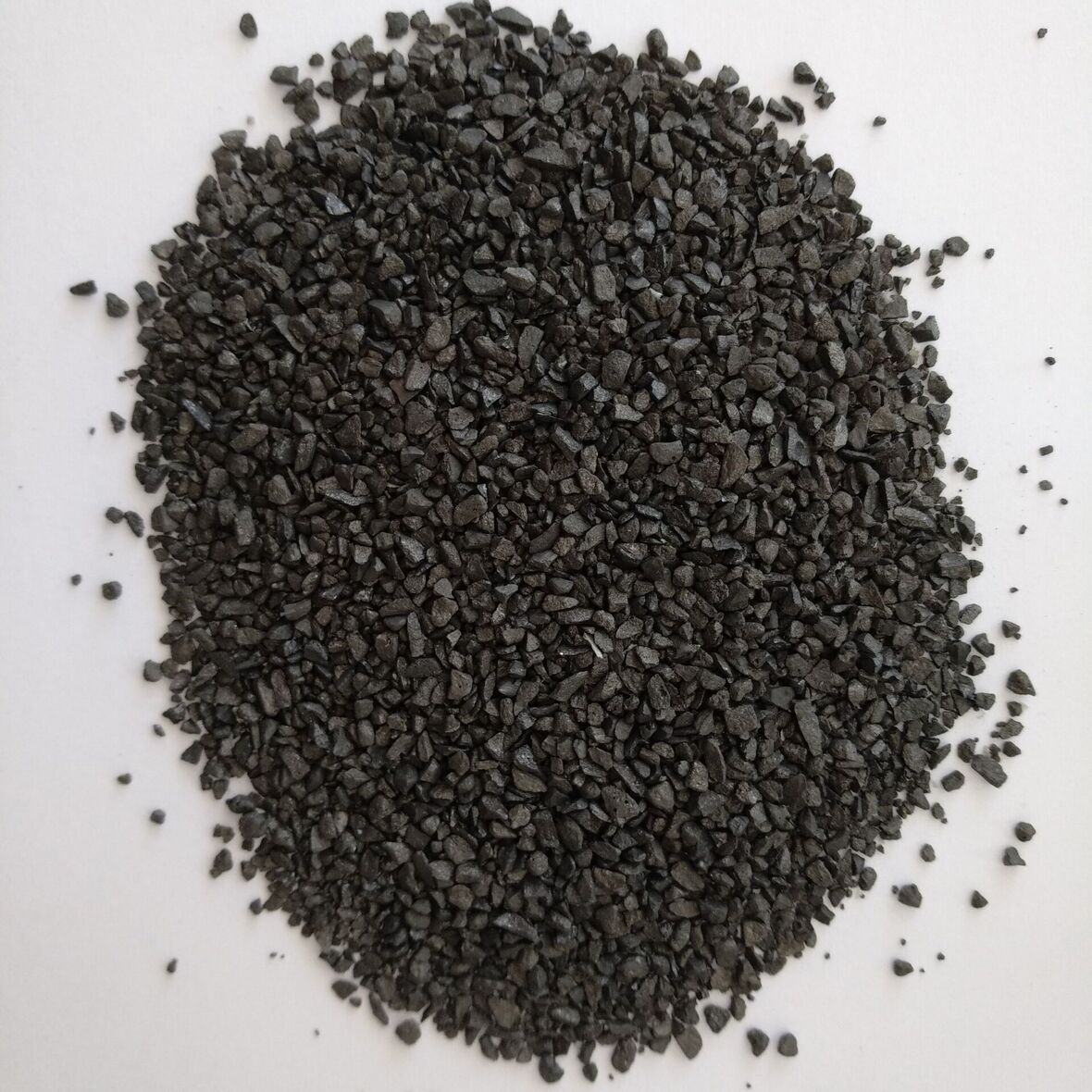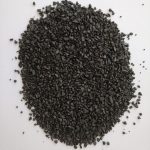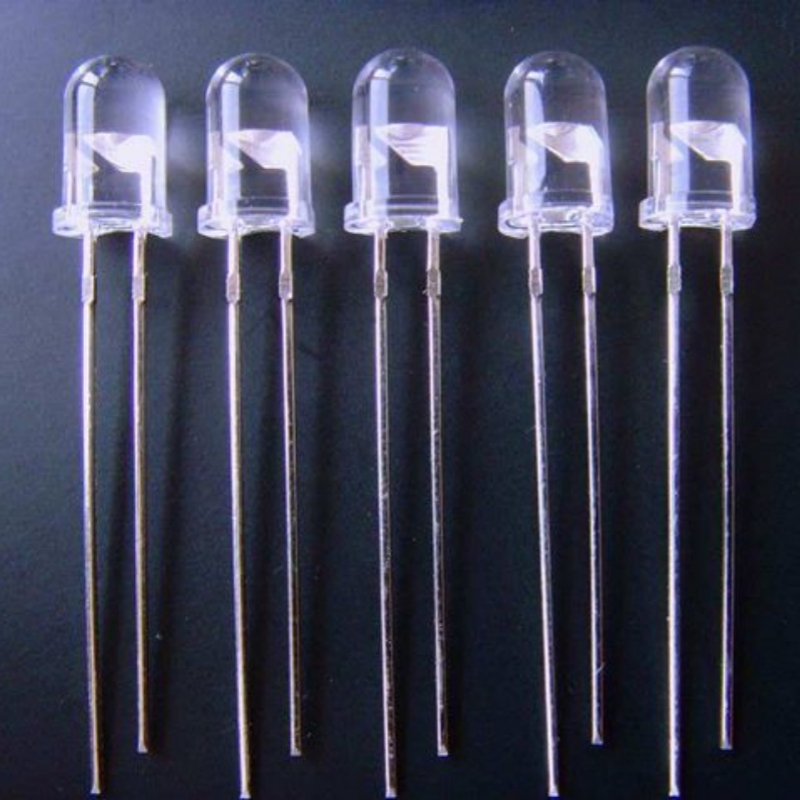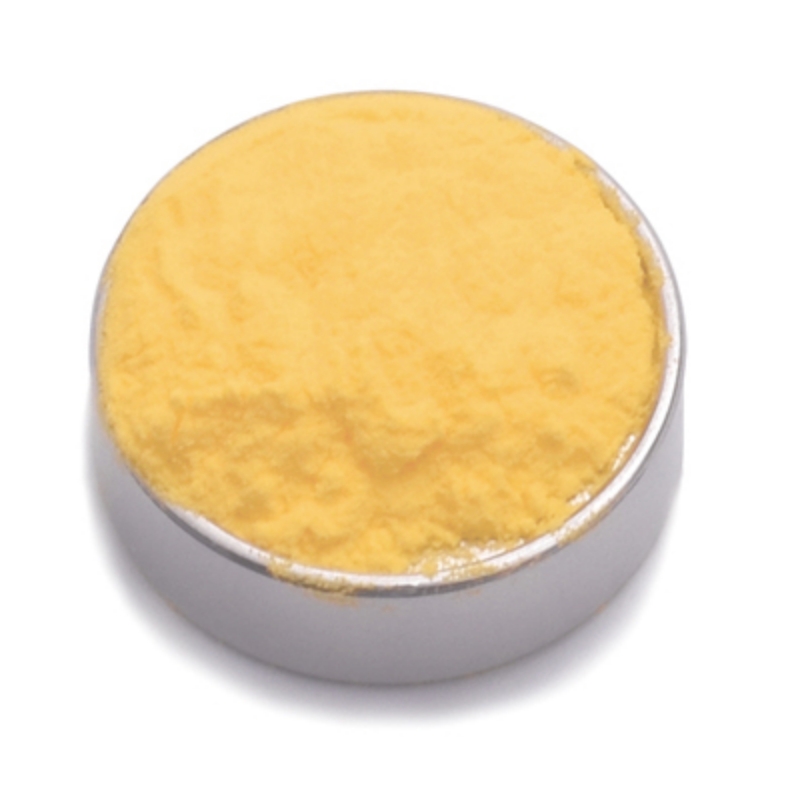Ammonia synthesis catalyst is a high-performance catalytic material designed for efficient nitrogen-hydrogen conversion, superior thermal stability, and optimal chemical activity. Engineered using advanced metallurgy and nanostructure technologies, it enhances reaction efficiency, reduces energy consumption, and maintains prolonged operational lifespan in high-pressure environments. This catalyst is widely used in ammonia production, industrial chemical processing, and scientific research, ensuring reliable performance in large-scale synthesis applications.
Product Overview
The ammonia synthesis catalyst is a highly efficient, energy-saving catalyst suitable for various high-pressure, low-pressure ammonia synthesis processes, as well as new isobaric synthesis processes. This catalyst features excellent reducibility and low-temperature activity, allowing it to operate at lower pressures while providing high ammonia yields. By optimizing the catalyst’s composition and process design, the efficiency of ammonia synthesis is significantly enhanced, while energy consumption in the production process is reduced.
Key Features
- Easy Reduction: The catalyst is easily reducible, enabling rapid reaction startup, reducing startup time, and improving production efficiency.
- Good Low-Temperature Activity: Exhibits high activity at lower temperatures, suitable for low-temperature operation, reducing energy consumption.
- Low Operating Pressure: Can operate at lower pressures for ammonia synthesis, helping to reduce equipment investment and operating costs.
- High Ammonia Purity: Achieves high ammonia purity, enhancing the quality and purity of the ammonia product.
- Energy-Efficient: The optimized catalyst design reduces energy consumption, making it an environmentally friendly catalyst.
Applications
- Ammonia Production: Widely used in various ammonia synthesis processes, suitable for high-pressure, low-pressure, and new isobaric synthesis processes.
- Ammonia Gasification: Used in ammonia synthesis reactions to improve synthesis rates and optimize energy efficiency.
- Fertilizer Industry: As the core catalyst for ammonia production, it is extensively used in the production of nitrogen fertilizers, compound fertilizers, and other chemical fertilizers.
- Petrochemical Industry: Suitable for ammonia synthesis and the production of amino-based chemicals, improving production efficiency and reducing operating costs.
| Property Name | Value |
| Appearance | Irregular magnetic amorphous particles |
| Color | Silver-gray |
| Granule Size (mm) | 1.5-3.0, 2.2-3.3, 3.3-4.7, 4.7-6.7, 6.7-9.4, 9.4-13.0, other special sizes available upon request |
| Bulk Density (g/ml) | 2.2-2.4 |
| Chemical Composition | Active α-Fe, alumina, calcium oxide, potassium oxide, and other additives |
| Specific Surface Area (m²) | ~13 (reduced state) |
| Porosity | ~46% (reduced state) |
| Pore Volume (ml/g) | 0.13 (reduced state) |
| Operating Temperature (°C) | 360-510 |
| Pressure (MPa) | 10-32.0 |
| Space Velocity (h⁻¹) | 5000-50000 |
| Post-heat Activity (Exit Ammonia) | ≥ 12.5% |
 new material
new material








